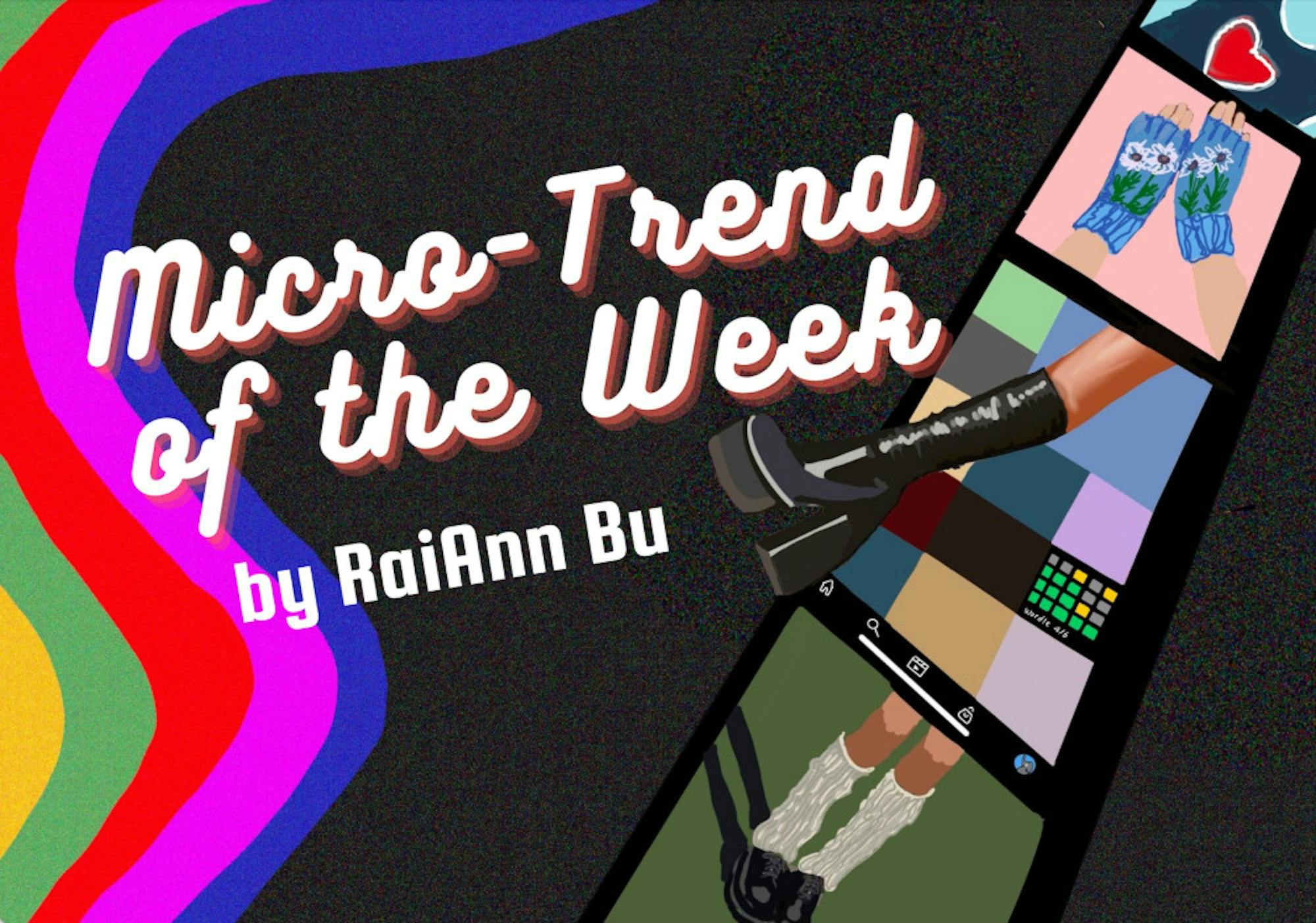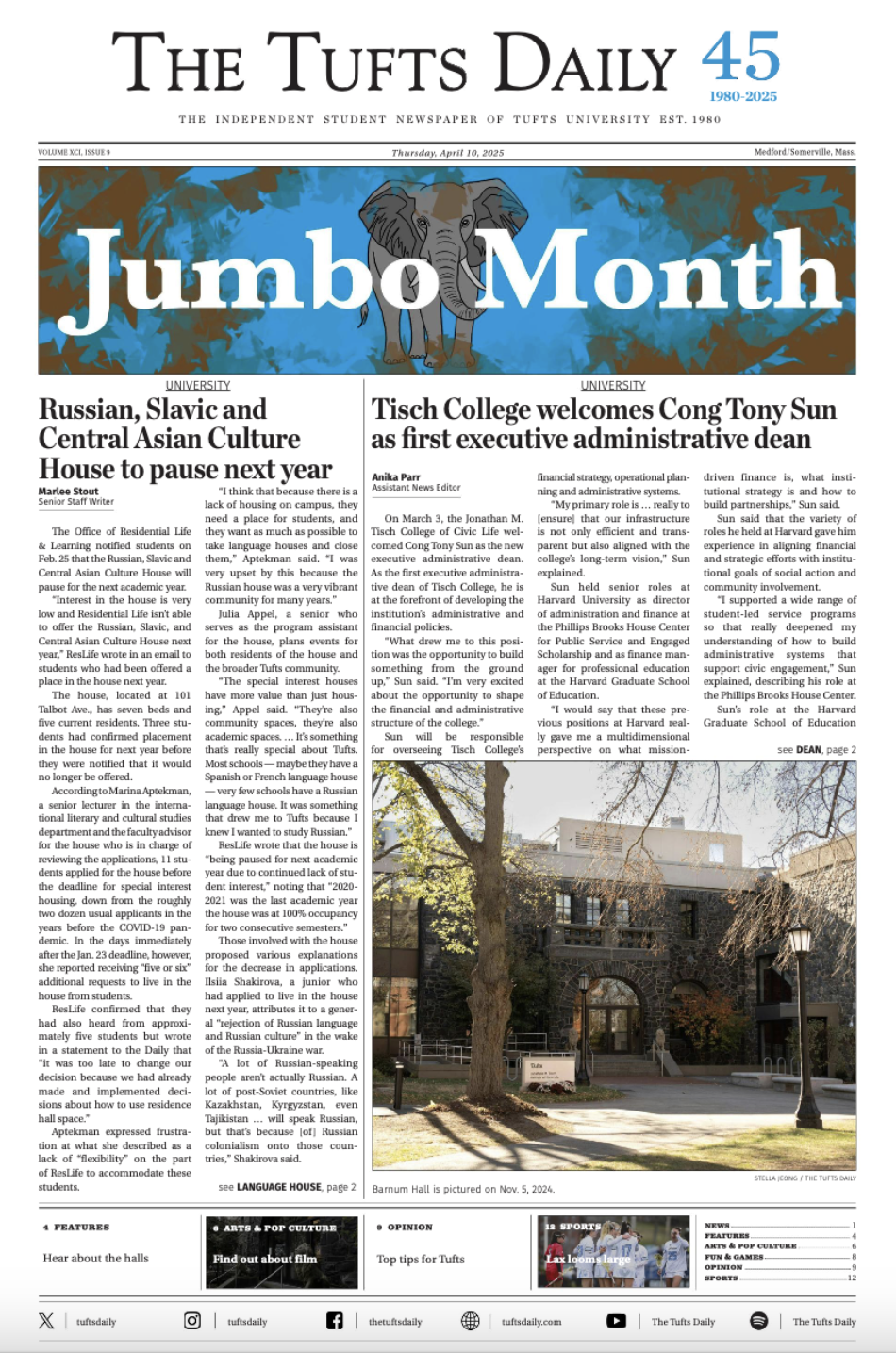Introduced in the 1989 spring summer collection, the Tabi shoe has become the most iconic piece synonymous with the French luxury, high fashion brand Maison Margiela. Its polarizing silhouette, a split-toe sock reminiscent of hooves, has amassed a ‘colt’ followingready to defend Tabis to their very last breath.
The Tabi, however, is not a silhouette coined by Martin Margiela himself but adopted from the traditional Japanese footwear of the same name. The Japanese tabi holds rich historical and cultural significance, originating as socks used to accommodate traditional thonged footwear. They later evolved to a boot form to function both outdoors and indoors. Tabis are required to be worn with formal traditional spaces such as Noh theaters, Kabuki shows, traditional stage performances and tea ceremonies.Their colors and styles signify social status, occupationand occasion, with white shoes limited to tea ceremonies and weddings.
In my mind, this begs the question: hat exempts this piece from being called cultural appropriation given the responses to other brands passing off cultural pieces as their own invention?
Margiela credits the popularity of the shoe to have behooved his career. “The Tabi boot is the most important footprint of my career. It’s recognizable, it still goes on after 25 years, and it has never been copied,” Margiela said in 2015. The irony of his last statement is unfortunate.
It is possible the lack of critique of Tabis comes from their high art status. It can evade criticism through the paradoxical way high art is viewed: Critique can be rebranded to the uncouthness of one unable to appreciate true art, ignorant of the symbolism of a piece. Praise, however, is welcomed!
Subsequently, criticism is disregarded by those who should hear it the most. Instead of a copied design, these shoes are avant garde, deconstructive, symbolic of Margiela’s “insubordinate spirit.” Of course, someone like you wouldn’t understand.
The Tabis are an example of how optics reign supreme. What is more important than art is the perception of the artist, the language in which they are described, the context in which they are seen and the audience of their fans. How notoriety and reputation are protected and more important than reality.
I can admit there is faultiness in my argument for the moral grayness of Margiela’s claim to the Tabi, such as the clear accreditation of Japanese culture in his website itself. But in this case, the Tabi is an example of a larger phenomenon of how important the artist plays in the context in which we classify their work.
Yeah the Tabi is cool, but Maison Margiela is probably cooler.
The camel had to be airlifted by crane — it was a camel tow.






